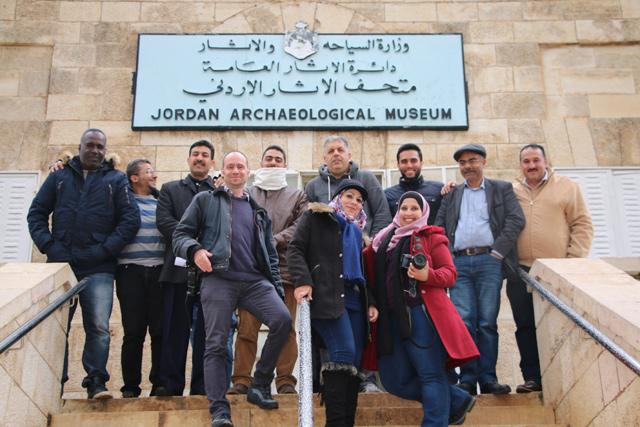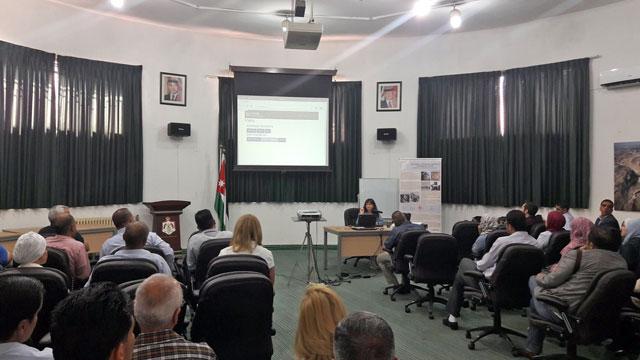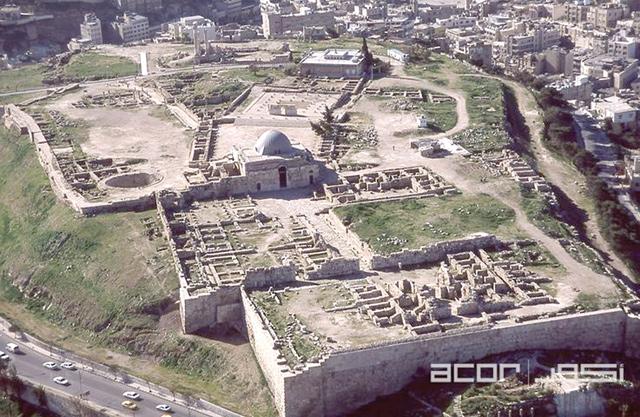You are here
Department of Antiquities, German institute partner to train staff in archaeological photography
By Saeb Rawashdeh - Apr 24,2019 - Last updated at Apr 24,2019

Photographer Johannes Kramer (third from left) poses with participants in the workshop in front of the Archaeological Museum at Amman Citadel on February 2 (Photo courtesy of DOJAM)
AMMAN — A good background in photography can be more important than a classical archaeological education when taking photos of archaeological sites, according to a German photographer.
Professional photographer Johannes Kramer recently trained staff from the Jordan Archaeological Museum and the Department of Antiquities (DoA) in the theory and practice of photographing archaeological objects.
The workshop was held as part of the “Documentation of Objects in Jordanian Archaeological Museums” (DOJAM) project, implemented in partnership with the German Protestant Institute of Archaeology (GPIA) and the DoA, according to Jutta Häser from the GPIA.
“It is highly important to support colleagues in the museums and at the DoA in their daily work,” Häser said, adding that DOJAM aims to train staff at the DoA and the Jordan Archaeological Museum in general, and the photography workshop was but one component of this.
“Generally speaking, the theoretical and practical aspects of archaeological photography are definitely the basic knowledge of photographic camera techniques, but then especially a good know-how of working with light,” Kramer said.
The main prerequisite to successfully photographing an object is a good general understanding of the object and a sense for its form and material, Kramer explained, adding that after a while these traits allow a photographer to better visualise archaeological finds.
The veteran photographer said that he has worked on around 50 archaeological projects in seven countries, and the latest project was another step in merging archaeology and photography.
“It [the workshop] was a fruitful and enriching meeting for everybody, of course also for me, as we could discuss several problems and look for solutions in an open atmosphere,” he said. “The Jordan Archaeological Museum and DoA staff were very happy with the workshop and got a lot of input for their practical work.”
The GPIA plans to export the workshop to other museums, according to Häser, who added that “the photo workshop was one further step towards the professional documentation of Jordanian heritage”.
Related Articles
AMMAN — Regional crises and illicit trafficking necessitated a large archaeological inventory for Jordanian museums, said a German arch
AMMAN — A four-year project aims to document and share the current collection of objects at the Jordan Archaeological Museum (JAM), which re
AMMAN — With the aim of preserving archaeological artifacts at the Jordan Archaeological Museum located at the Amman Citadel, the German Pro












